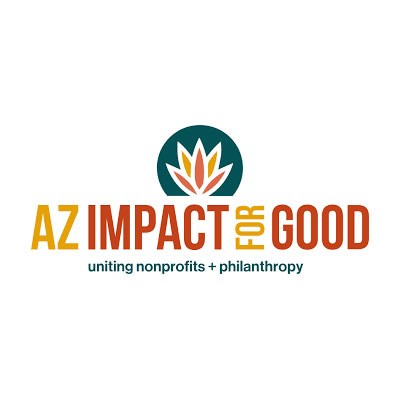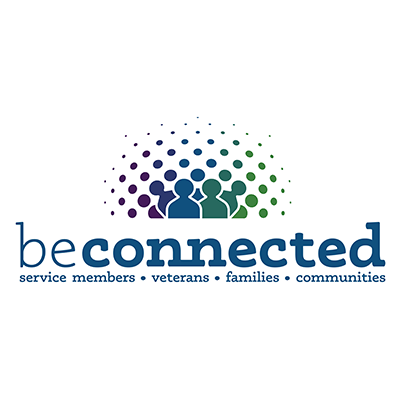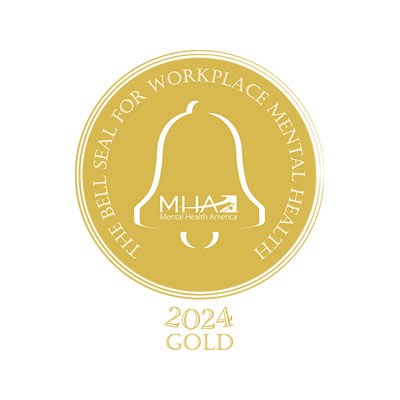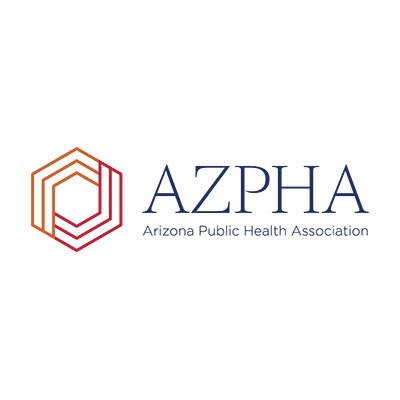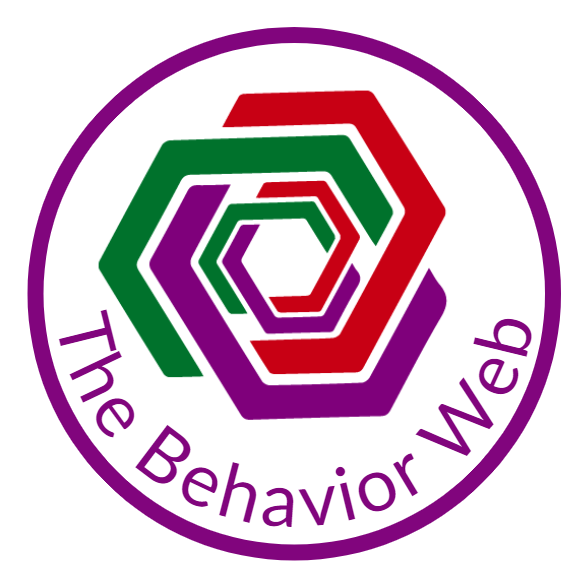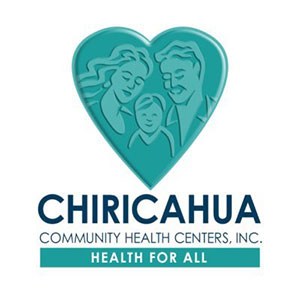The Shifting Face of End of Life Care Warrants Fresh Knowledge and Text
By: Ellen Fink-Samnick MSW, LCSW, ACSW, CCM, CCTP, CMHIMP, CRP, DBH Candidate at Cummings Graduate Institute
Feb. 10, 2021
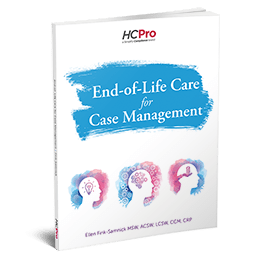
Rapidly emerging and evolving themes are impacting patients and practitioners dealing with end of life care. The pandemic has amplified health and mental health disparities across the most vulnerable populations. This dynamic has yielded a clear mandate to address systematic racism, the social determinants of health and mental health. Courtesy of the pandemic, health and behavioral health professionals are facing extreme levels of death and loss, with a new dimension of collective occupational trauma to reconcile. Data across the literature is significant:
- Closure of over 133 rural hospitals, 500 nursing homes, and over 100 hospice programs in the past decade ( Ellison, 2020; Rural Health Research Gateway, 2020)
- Less than 50% of Black patients treated per clinical practice guidelines for cancer and other life-limiting illness, and at a lower rate than non-Hispanic Whites (Carlson, 2020)
- Minority populations receive higher intensity of acute care at the end of life and reduced access to hospice and palliative care intervention (Orlovic, et al., 2018; Parajuli, et al, 2020).
- Impact of trauma and Advanced Childhood Experience (ACEs) on patient morbidity and mortality, with rates yielding death up to 20 years earlier than populations not exposed (Kleber, 2019)
- Mandates for attention to diversity in clinical trials (Unger et al, 2016)
- Rising incidence of collective occupational trauma on the health and behavioral health workforce courtesy of the pandemic; burnout as high as 84% of respondents (Lagasse, 2020)
Reactive attention to suffering by high numbers of critically ill patients have replaced proactive dialogues on pain relief, symptom management, and quality of life. Ethical themes of managing surge capacity and rationing care are placing unparalleled pressures on workforce emotional health. Complex patient situations compel professionals to focus on a wholistic health triad that promotes attention to physical and mental health, along with psychosocial circumstances. In response, the industry must shift perspective to a trauma-informed lens in how end of life care and treatment is considered, assessed, and rendered.
As a Doctor in behavioral health student, licensed clinical social worker, and board-certified case manager, these themes resonate loudly. In response, I crafted a fresh lens for the interprofessional workforce to manage end of life care for chronic illness, life limiting, and terminal populations; the book, End of Life Care for Case Management recently published through HCPro. This new book ensures key knowledge for students, seasoned professionals, and organizational leadership on vital topics. Twelve robust chapters incorporate data, evidence-based and original practice models, case scenarios, critical thinking questions, and resources that encompass:
- ACEs impact on patient morbidity and mortality
- Health disparities and the social determinants of health
- Mental health disparities and the social determinants of mental health
- Wholistic Health Equity
- Interprofessional regulations and ethical landscape
- Legal determinations and documentation
- Patient and family dynamics
- Population-health focus across the life span, LGBTQ and BIPOC patients
- Reimbursement and revenue cycle management
- Tackling Collective Occupational Trauma
- Managing treatment team dynamics
- Engagement, Assessment, and Intervention Strategies
The industry has been functioning without a clear playbook in these crisis times. Yet, amid any crisis, there is one constant: knowledge yields great power. End of Life Care for Case Management provides essential knowledge to support and facilitate your trauma-informed interventions with patients, their families, colleagues, and own support systems.
Save 20% off this quintessential resource when purchasing on the publisher website by entering code, ELLEN20
Connect with Ellen on social media.
Twitter | LinkedIn
References
Carlson, R. (2020, June 24).Treatment barriers create racial disparities in cancer care. They need to come down. Stat. Retrieved from https://www.statnews.com/2020/06/24/cancer-care-racial-disparities-dismantle-barriers/
Ellison, A. (2020, October 29). Rural hospital closures 2020, Beckers’ Hospital Review, Retrieved https://www.beckershospitalreview.com/finance/16-rural-hospital-closures-in-2020.html
Kleber R. J. (2019). Trauma and Public Mental Health: A Focused Review. Frontiers in psychiatry, 10, 451. https://doi.org/10.3389/fpsyt.2019.00451
Lagasse, J. (2020, December 8). Healthcare workers experiencing burnout, stress due to COVID-19 pandemic, Healthcare Finance. Retrieved from https://www.healthcarefinancenews.com/news/healthcare-workers-experiencing-burnout-stress-due-covid-19-pandemic
Orlovic, M., Smith, K., & Mossialos, E. (2018). Racial and ethnic differences in end-of-life care in the United States: Evidence from the Health and Retirement Study (HRS). SSM – population health, 7, 100331. https://doi.org/10.1016/j.ssmph.2018.100331
Parajuli, J., Tark, A., Ying-Ling, J., Hypcey, J. (2020). Barriers to palliative and hospice care utilization in older adults with cancer: A systematic review. Journal of Geriatric Oncology. January 2020, 11(1), 8-16. https://doi.org/10.1016/j.jgo.2019.09.017
Rural Health Research Gateway (2020). Rural nursing home closures-trends, characteristics, and impact on access. RUPRI Center for Rural Health Policy Analysis, Retrieved from https://www.ruralhealthresearch.org/projects/100002473
Unger, J. M., Cook, E., Tai, E., & Bleyer, A. (2016). The Role of Clinical Trial Participation in Cancer Research: Barriers, Evidence, and Strategies. American Society of Clinical Oncology educational book. American Society of Clinical Oncology. Annual Meeting, 35, 185–198. https://doi.org/10.1200/EDBK_156686









